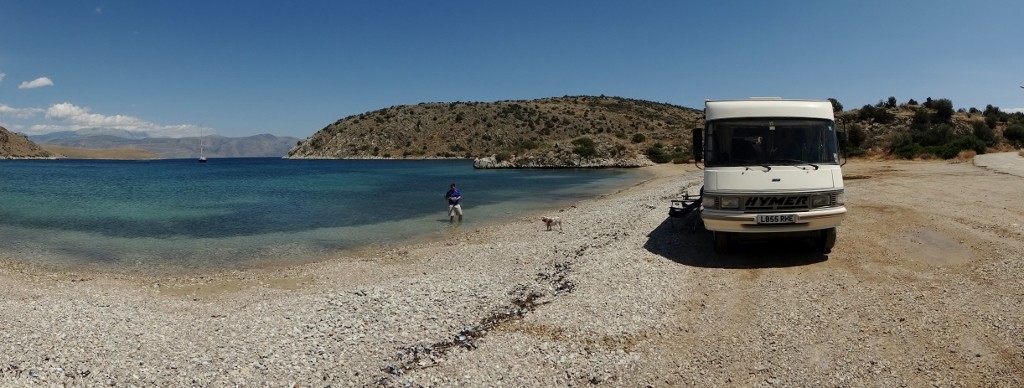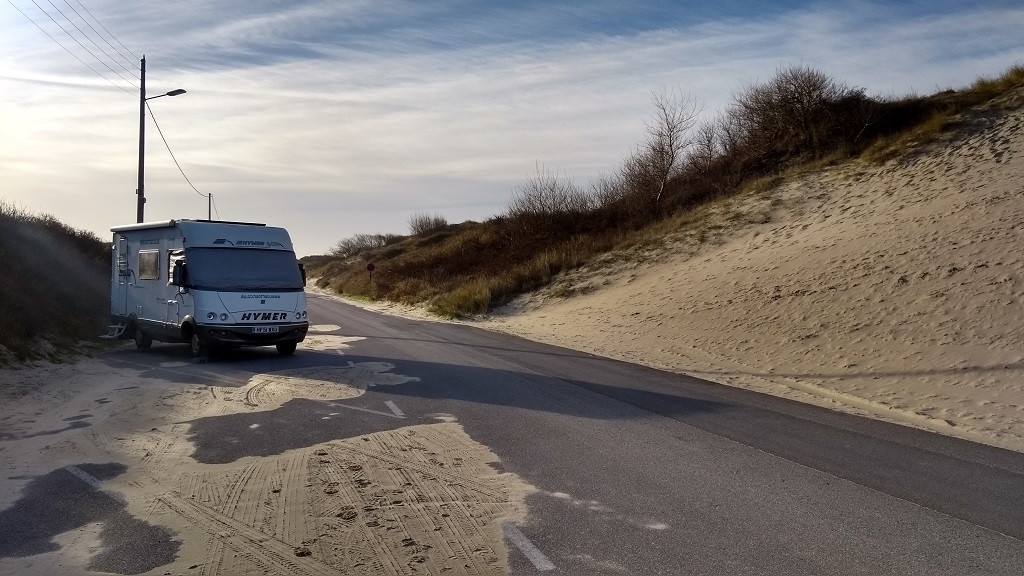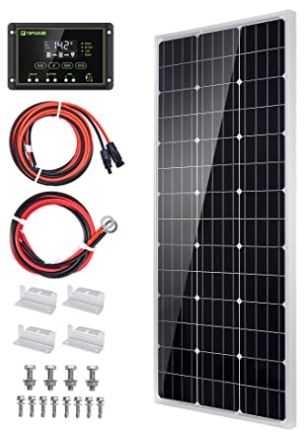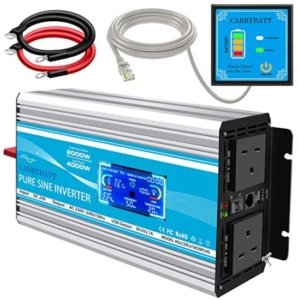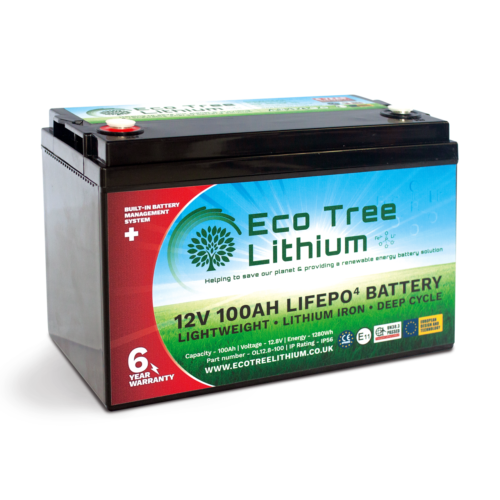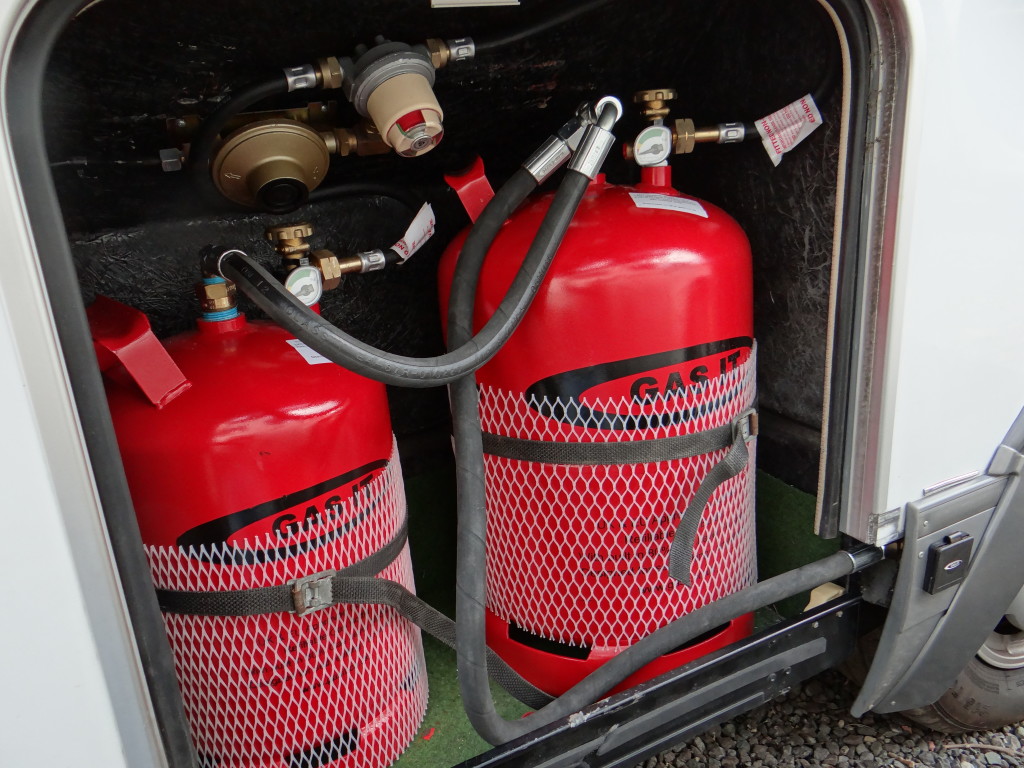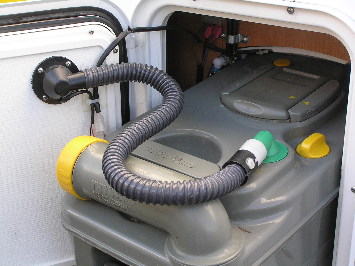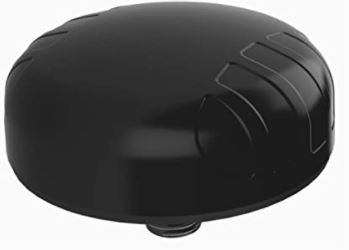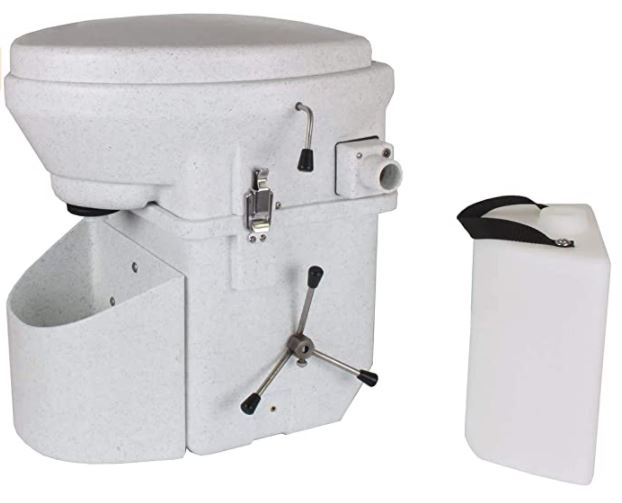Essential Gear for Off-Grid Motorhome or Campervan Touring
Here’s the essential equipment we recommend at least being aware of for off-grid motorhome and campervan touring. With this kit you’ll be able to stay for long periods and potentially indefinitely off-grid, without needing to connect to the mains power, getting gas much more cheaply than Calor refills and running your motorhome’s loo without chemicals so you can empty it in more places.
By being more self-reliant, you’ll open up the spectrum of overnight stopovers available to you, from pitches on small campsites with no electrical hook-ups to the continental aire network and more wild/free camping locations.
Please note: We’ve linked to great-quality products on Amazon which we either use ourselves or know others rate highly. We always make it clear if we’ve been given kit in return for a review (which happens rarely, we normally buy our equipment like everyone else). If you click on any of these links and buy from Amazon, you’ll pay the exact same price but they’ll give us a small percentage of their profit.
Solar Panels
Whenever we’re out touring and get the chance to look down on a bunch of motorhome roofs, almost all of ’em have at least one solar panel. As long as there’s some daylight these panels help to keep your leisure batteries charged. In turn this means you can continue to charge your gadgets, have the lights on at night, watch your 12V TV and run blown-air gas heating without being hooked up to the mains.
Solar panels work best when there’s sunshine, so not so much in the UK in winter, but they can enable you to remove the need to hook up to the mains indefinitely if you’re away in Spain, Turkey, or Morocco for the winter.
Both of our motorhomes had a single panel of about 100Wp. These panels generate a maximum of around 6 amps with the sun high overhead on a clear day, but more normally we see about 3 amps going into our batteries. Combined with the charge we get when we drive and the occasional hook-up to the mains (included when we use Camping Card ACSI for example), this is enough to keep our leisure batteries permanently topped up.
To get an idea how much a 100Wp panel plus a charge controller, fittings and wiring costs, hit the button below to see a popular panel on Amazon. I’d also suggest using Sikaflex to glue the panel down, along with the screws, to be doubly sure it doesn’t remove itself when driving.
Inverters
Inverters convert your 12V DC leisure battery power to 230V AC. This allows you to run mains powered kit via a 3 pin plug without actually being hooked-up to the mains electricity, albeit with some restrictions. We used a small 300W inverter to charge our laptops, run hair clippers and keep our phone batteries topped up.
Technically we could avoid using the inverter by using 12V chargers for much of this kit, but we find the inverter convenient as we can just use the chargers which came with the gadgets in the first place.
There are a ton of inverters out there, as you’ll see if you hit the button below, so it can be hard to work out which one to get. Here are a few suggestions we’ve learned over the years:
- More power = bigger inverter = faster battery depletion. We once ordered a 1000W inverter so we could run more powerful mains kit but sent it back when we saw how physically big it was.
- Pure since is best for laptops. We’ve killed a couple of laptop chargers by using a cheaper ‘modified sine’ inverter, so bought a pure sine one and haven’t had that problem since.
- Fan noise is a no-no. Cheaper inverters keep cool using a fan which, unless it’s a quiet one, is irritating if it’s in earshot.
- Connect direct to the batteries. For a neater and safer solution, connect your inverter direct to the leisure batteries using clamps, not via the cigarette socket or clip-on connections.
Lithium Leisure Batteries
Most motorhomes and campervans are fitted with lead-acid lesiure batteries to provide the 12V power in the van’s habitation area. These are ‘deep cycle’ batteries, designed to be gradually depleted and recharged, unlike starter batteries which expect to provide a quick shot of power to get the van engine going, and to be immediately recharged by the alternator.
Lead-acid deep cycle batteries are cheap, but they’re nowhere near as good as newer Lithium Iron type leisure batteries. Lead-acid batteries can only be safely discharged to 50% of their capacity without risking damaging them, while Lithium ones can be fully discharged. Lithium batteries are lighter and can be charged and discharged more quickly.
As noted above, Lithium batteries (sometimes writted as LiFePO4) are still expensive. Not only that, the charging systems on older vans won’t properly handle them, so you’ll likely need to replace your solar charge controller, your van’s alternator-based charging system and your mains charger too. All of this comes at a significant price, but the flip side is you end up with a much higher, longer-lasting 12V capacity.
To get an idea of the latest cost of Lithium Iron batteries, have a look at the Eco Tree website.
Self-Refillable LPG (Gas) Tanks
If you’re spending any length of time off-grid, then a self-refillable LPG gas system is a no-brainer. In the UK a self-refillable system drastically reduces the cost of Calor gas refills. If you’re touring Europe, such a system lets you avoid having to source a different bottle and pigtail for every new country you cross into.
Self-refillable systems let you get ‘autogas’, also known as LPG or GPL from either petrol stations or dedicated gas refill plants across the UK and Europe. You pull up to the pump in your van, screw in one of a small set of adapters, attach the gas gun and press a button which fills the bottles 80% full then cuts off. The 80% is for safety, it leaves some space in the bottles to ensure the liquid gas can evaporate before it gets into the low-pressure part of you van’s system, beyond the regulator.
There are various manufacturers of these self-refillable gas systems. We got ours from Gas IT, as they were the most cost-effective for us, and opted to install it ourselves, as shown on this video. We have one 11Kg bottle and one 6Kg bottle and the gas lasts between a week in deep cold (ski resort in winter) and around 6 weeks (when we’ve no need for heating in summer).
Additional Toilet Cassette
The first capacity problem most dedicated off-grid motorhome and campervan warriors will have will almost certainly be their loo. Depending on how many there are in your party, how much lager/wine you all drink(!) and the size of your cassette, the loo will be full in anything from a day to a week at most.
The clean, ethical and obvious solution to this is to carry a second cassette. This will double the time you can stay in a wild camping spot which doesn’t have an Elsan point in reach. We’ve never carried a second cassette, as we tend to move pitch often enough we just drive past a service point every few days when we’re touring, or stay on a campsite every few days.
Chemical-Free Toilets with a SOG Unit
A SOG Unit won’t do anything to increase the capacity of your loo, but it will remove the need to use chemicals to keep it smelling sweet, which in turn will allow you to empty the loo into long-drop/dry toilets and septic tanks.
A SOG Unit is relatively easy to retrofit to a Thetford cassette. It consists of a small box which attaches to the outside of the loo door. The box has a fan in it which is powered by your van’s 12V system. The fan is connected to a microswitch which you install inside the cassette housing, and which is turned on when you open the toilet blade from inside the motorhome. This forces air to flow from inside your van, through the toilet and outside via a charcoal filter, taking the smell with it.
From five year’s experience we know the SOG Unit works a charm. It really does keep the smell away and we’ve only used ‘pink’ chemicals in loo to keep the bowl fresh and clean. Hit the button below to see the SOG unit on Amazon, or check out our installation video here.
4G and 5G Internet
Being away from campsite WiFi doesn’t mean losing your high-speed internet connection. We’ve had good quality internet connections practically everywhere we’ve been by using our 4G system.
Our kit consists of a roof-mounted antenna like these from Poynting, connected to a WiFi router (with TS9 antenna ports) like this popular one from NETGEAR. Using a roaming SIM card (here are out latest recommendations), we’ve been able to stream internet TV across Europe with unlimited data for £20 a month. We’ve personally not yet opted to upgrade to 5G as the networks aren’t widespread enough yet, and we don’t need the additional speed.
If you’re not confident specifying and installing your own motorhome internet system, we’ve had great service from motorhomewifi.com in the past and can highly recommend them.
Composting Toilets
There’s another solution to the loo capacity problem, but it’s not cheap!
‘Composting’ toilets like the popular Nature’s Head model shown here separate your wee and poop. It does this by simply collecting the liquid from the front of the bowl, so men have to sit when they use it. This allows you to later pour your wee away where it’s OK to do so (away from water courses etc) or store it in a larger separate waste water carrier for disposal in a service or Elsan point later on.
A handle lets you mix your solid waste with a ‘substrate’ like sawdust which, along with a 12V fan which runs when you’re using the loo, keeps the smell down. In theory you could take this and pop it on a compost pile, but in reality I’d guess most motorhome and campervan users will end up bagging and binning it.
Composting loos can potentially enable you to be away from a disposal point for weeks, but they come at a cost (expect to shell out around €1,000) and are hard to retrofit and might be best suited to panel van self-builds. They’re not something we see very often. There’s a good review of these types of toilet here.


